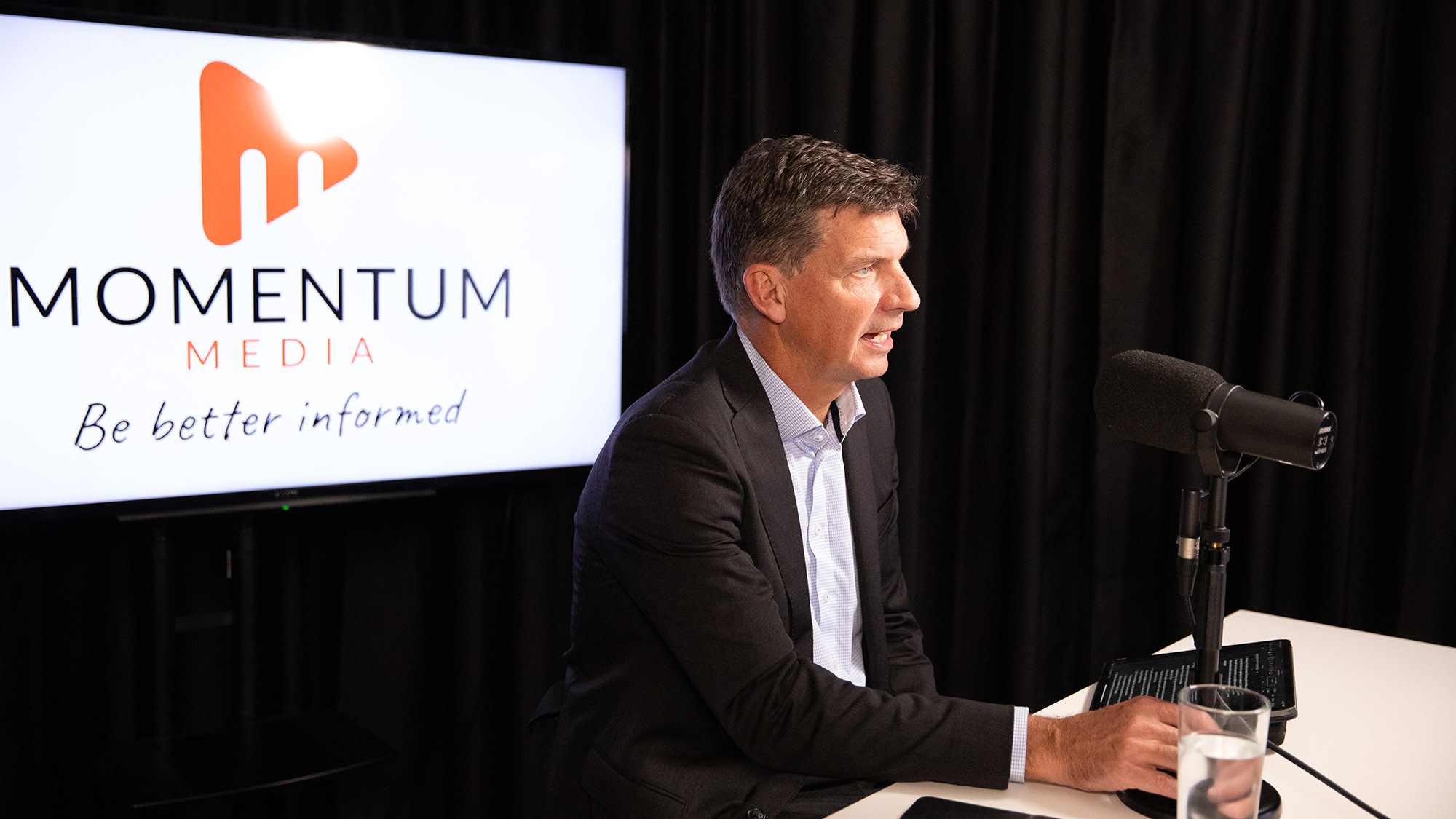Testing time for in-house training
Australian financial services firms are fast coming to terms with the reality that the current market volatility is going to be with the Australian financial services industry well into 2009 and that there is a need for them to adjust their strategies accordingly.
The overriding imperative is, without doubt, to minimise expenditures without at the same time undermining service levels and therefore revenue-generation opportunities.
Unfortunately, when confronted by such a testing equation, there is a tendency on the part of executives to look too much at short-term objectives without examining the long-term ramifications. This certainly seems to be the case where some recent employment and training strategies are concerned.
The bottom line appears to be that, in pursuit of reducing costs, some companies have opted to abandon the in-house training of financial planners in favour of recruiting those deemed fully-trained.
At first blush such strategies appear sensible, particularly where there is an expectation that much of the work that was being carried out by trainees and paraplanners can be achieved by advisers themselves with no diminution in service levels and turnover.
However, what firms need to ask themselves is whether what they are really doing is outsourcing their training obligations to those firms still prepared to recruit people and train them to become paraplanners, planners and, ultimately, certified financial planners.
The financial planning industry would not be the first sector in which firms had fallen into the trap of discarding some elements of in-house training in the interests of achieving cost reductions, but those making the decisions need to fully understand the medium and long-term consequences and, in particular, the likelihood of specific skills shortages.
While it may be true that the current market downturn has taken some of the edge off demand for financial planners, it is only a few short months since dealer groups and individual financial planning practices were prepared to pay top dollar for experienced planners with good client lists. Indeed, many practices still are prepared to pay top dollar.
If the financial planning industry does not want to find itself confronted by an even tighter labour market in the back-end of 2009 and early 2010, then it will not lightly abandon what have arguably been some of its most effective training and recruitment regimes.
— Mike Taylor
Recommended for you
In this episode of Relative Return, host Maja Garaca Djurdjevic is joined by shadow treasurer Angus Taylor to discuss the current state of the financial advice sector, the economy, the housing affordability crisis and more.
In this episode of Relative Return, host Laura Dew speaks with Andrew Mitchell, director and senior portfolio manager at Ophir Asset Management, about why he loves working in fund management and the lessons he’s learnt in a decade of running a firm.
In this episode of Relative Return, host Laura Dew speaks with Blackwattle Investment Partners managing director and chief investment officer, Michael Skinner, about setting up an asset manager and what he looks for in an investment team.
In this special episode of Relative Return, Momentum Media’s Phil Tarrant and Jordan Coleman discuss the publishing house’s expansion into greater coverage of the wealth management space.














